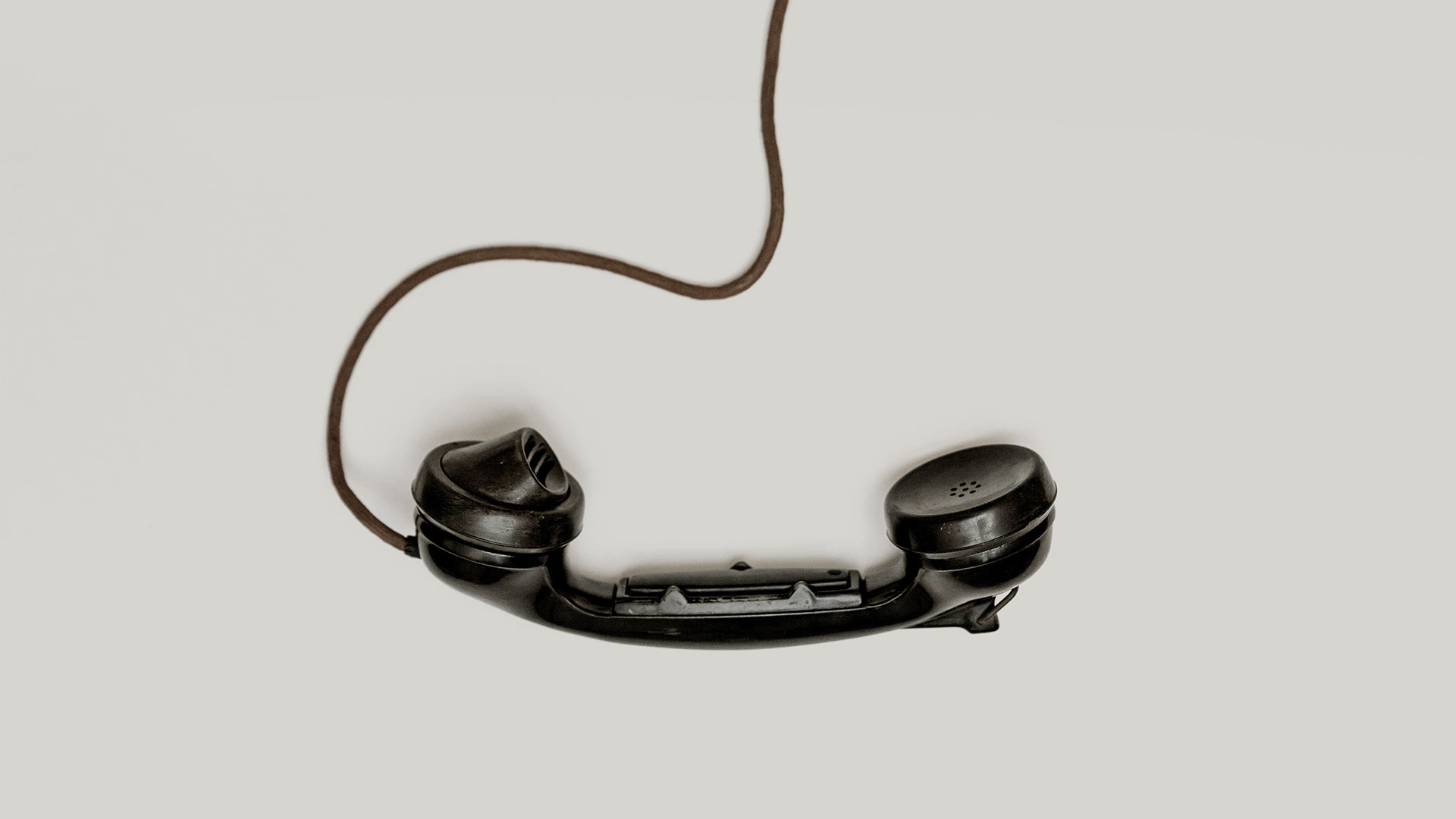There are endless options, all at our fingertips. Uber Eats. Amazon Prime. LegalZoom. You have a need, there is no shortage of companies that would be happy to take your money and deliver a service. In our drive-thru, instant gratification culture, what keeps people coming back when they can get a comparable product or service elsewhere? Customer service. Simply put, it’s helping customers solve problems, teaching them how to use products and answering questions.
While the landscape has changed, there is still no substitute for good, old-fashioned delivery of quality and attentive service to customers. Unfortunately for many, the words “customer service” carry with them the baggage of wasted hours on hold, repeating information to representatives and problems left unsolved.
When customer inquiries are treated like case numbers instead of solvable problems brought forth by people with needs, no one wins. The simple fact is, helping your customers flourish helps your company too. Successful companies are happy customers, and happy customers grow your business faster than any marketing strategy could, by telling friends and family and eventually referring new customers.
Here is a round-up of insights on common customer service mediums used by companies today.
Phones
Many organizations offer customer service primarily through phone interactions. Customers call a hotline, enter a queue, and a customer service representative picks up the phone. However, Forrester found that phone-based customer service is decreasing in popularity, and that phone service is viewed as an escalation of another channel, such as email or web-based service.
Texts
Twilio surveyed consumers to learn about their messaging habits, and while 90% of respondents said they wanted to use messaging with companies via texting on their phones or messaging apps, only 48% of businesses were equipped to reach customers via messaging. Customers want to connect with businesses for things like order confirmations, reminders, status updates, surveys, and coupons; that’s partly because people keep messaging app push notifications turned on, as they’re already active on the platforms every day.
Emails
A lot of customer service is still requested and delivered via email. In fact, Twilio found that email was the second most preferred method of customer service communication for all ages. This could reflect the time-saving capabilities of submitting requests at the customer’s convenience, without having to wait on hold.
Self-Service
Many customers are now turning to DIY customer service methods to get the information they need quickly and easily without having to hop on the phone or wait for an email reply (admit it… you’ve watched a home-grown YouTube tutorial or two). And in response, businesses are developing knowledge bases, where they publish articles and videos that explain how to use products and services so customers can access them on-demand.
Messaging
Messaging is quickly becoming the most popular way to seek out customer service help. This can take many forms, including text-based messaging, messaging apps and direct messaging on social media. Messaging apps are widely used and businesses are increasingly relying on them to offer quick and easy content distribution and customer service to audiences.
Social Media
Customer service on social media is another way businesses are communicating with customers more often, and for good reason. In a Hubspot survey, nearly 80% of consumers shared positive experiences with companies, and 24% recommended companies on social media. Customers can get fast and easy responses to questions they have on Twitter, Facebook and Instagram, and social media gives businesses permission to be a little more fun, too. Some brands even create specific accounts for customer support.
Live Chat
Live chat is another convenient customer option that can be operated by humans or robots, specifically, chatbots. Live chat widgets can launch on company web pages to offer instant customer support and service. They require full-time dedication to operate successfully, so some businesses turn to chatbots to operate them more efficiently.
Bottom line: customers are in control. Their expectations for service are high, and it’s minimally painless and virtually cost-free to switch to a competitor if those expectations aren’t met. And the old customer service playbook isn’t working. Happy, successful customers can grow your business faster than sales and marketing, but in order to get there, we must offer excellent customer service driven by user experience.
Need a hand integrating user-friendly customer on-ramps throughout your website? We can help.





